There are several versions relating to the origin of Orhei toponym. According to Iorgu Iordan, the town’s name originates from the Hungarian vár + hely (fortress + place), meaning „place of fortress" or „the place where was the fortress ". The name comes since the times when the Secui warriors were left here by the Moldova’s military commanders here, on the way of Tatars, the Secui warriors mastered the fortress since 1224 and until 1359.
The other researches believe that the toponym of Orhei has a turanic origin „orga” meaning the khan’s residence.
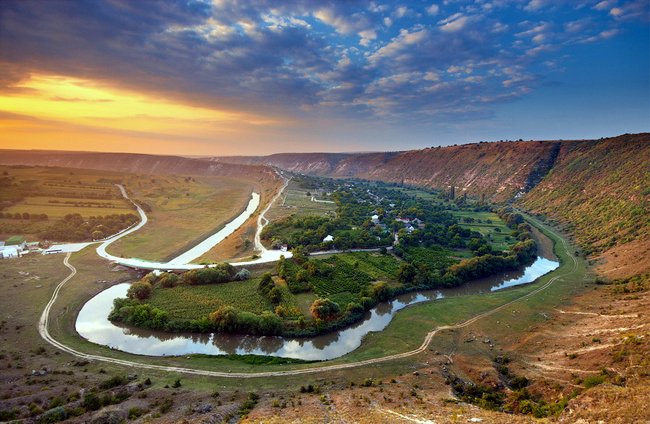
Initially Orhei was located in a different place, now it is known as Orheiul Vechi. The old town was abandoned during the first decades of XVIth century. Orheiul Vechi is located at the distance of 18 km to the south-east from Orhei, between the villages Trebujeni and Butuceni.

In the year 1223 Tatar hordes crossed the Dniester and went upstream the Raut river robbing the villages on their way. And they reached this bend of the river. The invaders did not stay here for a long time (4th -6th decades of XIVth century) but they gave an oriental look to the locality. The Tatars have built a Mosque, a Caravan-Saray and several kubbas. On this small plot of land, on the ruins of oriental-type town, in the beginning of XIVth century appeared the Orheiul Vechi that was included into the composition of Feudal Moldavian State founded in 1359. However, the first documentary attestation of Orheiul Vechi occurred in 1470. So, on April, 1, 1470 the name of the first chief of Orhei, Radu Gangur is mentioned in connection with the finalization of construction works at the Orhei fortress, its construction was started simultaneously with the enthronement of Ştefan cel Mare (1457) on the throne of Moldova.
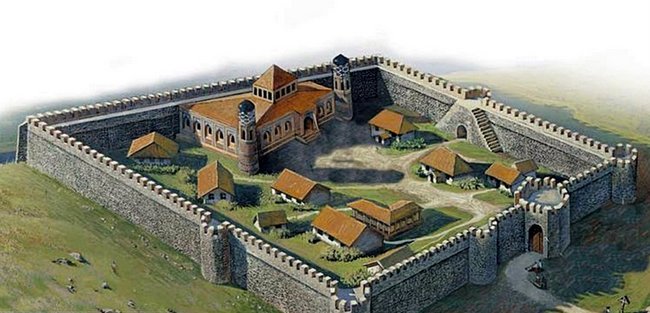
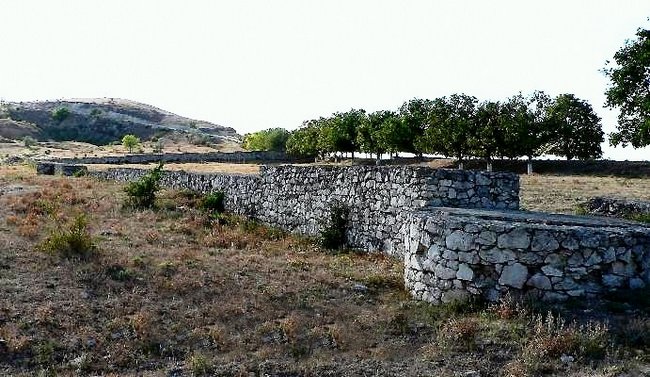
In 1499, during the times of the great Tatar invasion, both the town and the fortress were burnt and destroyed. In the year 1533, after two devastating invasions the Orhei town moved to a safer place, at some distance from the commercial ways and the Tatar attacks.
The Orhei town in its actual location has been mentioned for the first time in 1554 – during the reign of Aexandru Lapusneanu, during the time of works at the dams from the confluence of Cula and Raut rivers, when the lake in the front of the town has been created.
In 1599 Orhei has been included into the official documents as a fair, the locality developed into a regional commercial center, one of the newly established tanneries was the chief of town - Nicoara Donici.
The significant economic development of the fair has occurred during the times of Vasile Lupu (1634-1653) who rebuilt the lake of Orhei. He constructed bridges and repaired numerous streets, he also founded a new village in the vicinity of Orhei to generate profit for himself. Vasile Lupu was the patron of „Sf. Dumitru” cathedral. Paul de Alep, who passed by the Orhei fair in 1653, wrote in his journey journal: „the houses are made of stone and wood, the streets are paved with wooden planks, like in Iasi”.
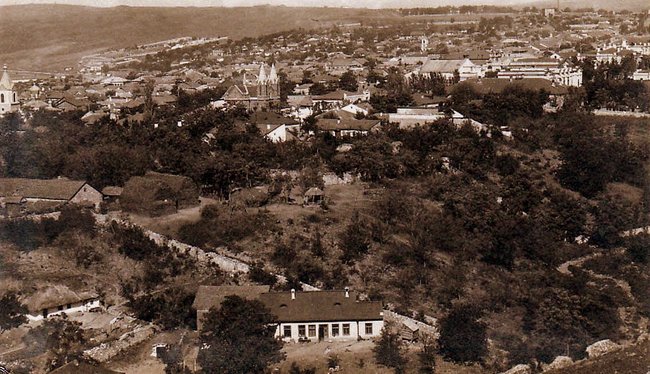
In 1835 Orhei became a regional center. The population number grew larger and the workmanship started to develop tremendously.
In 1902 Orhei town had 14.800 inhabitants. The best lime was extracted from the Ivanos hill, it was a widely traded commodity. Orhei also has numerous candle factories and tanneries.
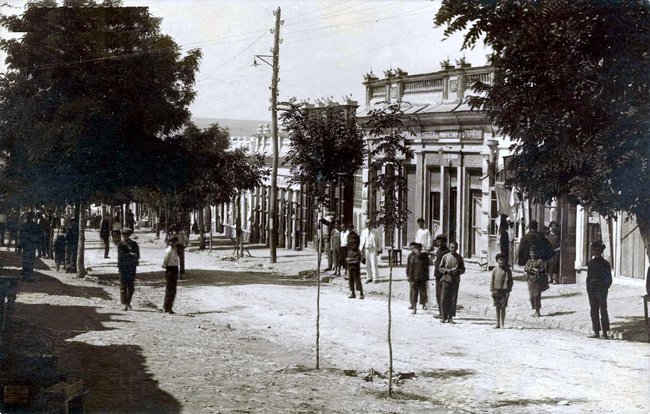
In 1907 a 4-forms gymnasium for girls has been inaugurated at Orhei, in 1910 it has been transformed into a lyceum of 7 forms.
On 25th March 1918 the 52 councilors of Orhei region voted unanimously for the union with Romania.
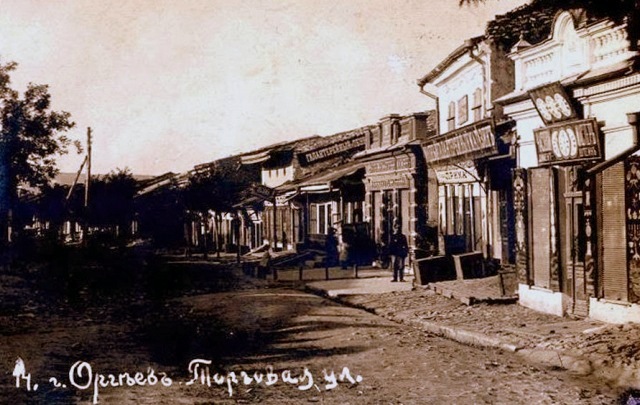
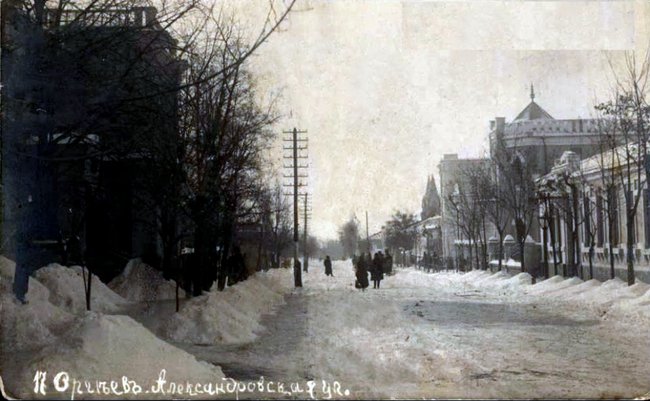
Until the year 1947 Orhei was a region center that included the localities Bravicea, Chiperceni, Criuleni, Orhei, Raspopeni, Rezina, Susleni and Telenesti. After the administrative reform of 1947 the regions have been liquidated and Orhei became a district center.
In the year 1998 Orhei became again a regional center. In 2001, following the return to the system of districts, Orhei again became the center of district bearing the same name.
Now Orhei is the 9th biggest town of the Republic of Moldova with a population of 33 600, according to the latest population census of 2014.


 En
En 





